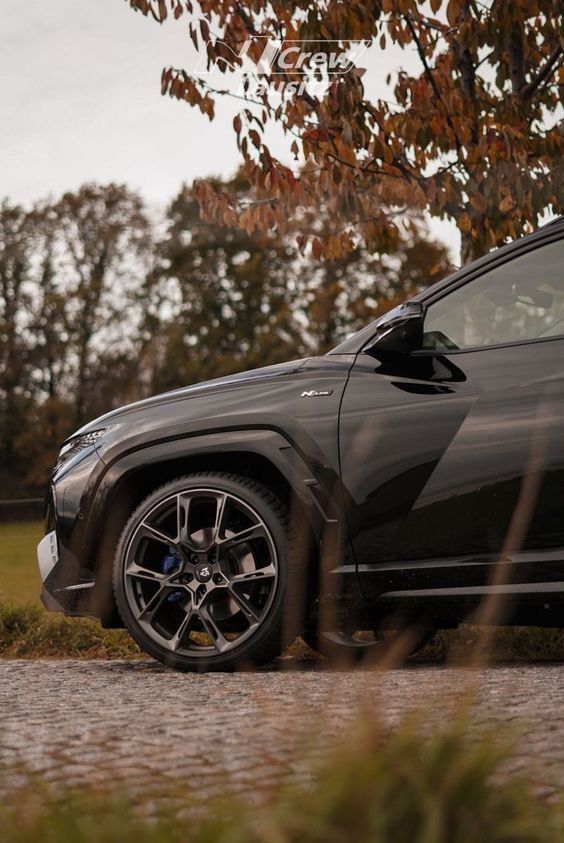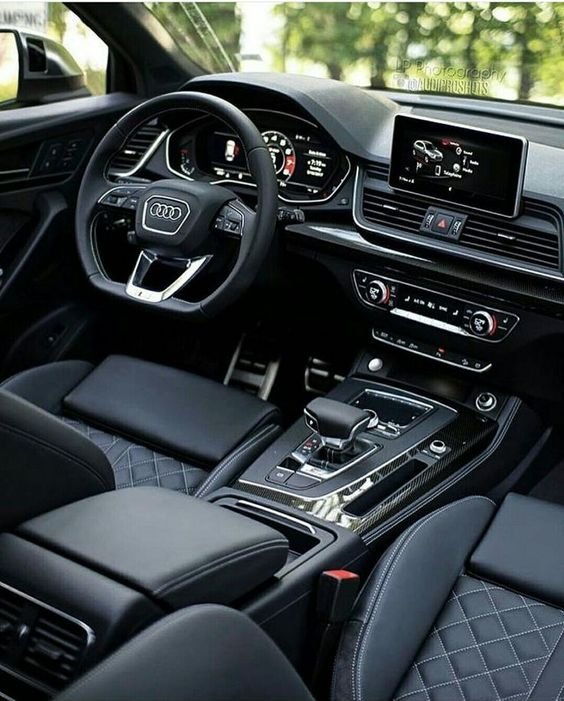
Winter can be a challenging time for your vehicle, with cold temperatures, snow, ice, and road salt all taking a toll on its performance and appearance. Keeping your car in top condition during the winter months requires extra care and attention to ensure it remains reliable and safe to drive. Here are some essential tips to help you maintain your car during winter.
Prepare Your Tires
Install Winter Tires
One of the most important steps you can take to prepare your car for winter is to install winter tires. Unlike all-season tires, winter tires are made from a softer rubber compound that remains flexible in cold temperatures, providing better grip on snow and ice. Their tread patterns are also designed to channel slush and water away from the tire, reducing the risk of hydroplaning.
Check Tire Pressure
Cold weather can cause the air in your tires to contract, leading to lower tire pressure. Underinflated tires can reduce traction, increase tire wear, and lower fuel efficiency. Check your tire pressure regularly throughout the winter and inflate them to the recommended levels specified in your car’s owner’s manual. Remember that tire pressure should be checked when the tires are cold, ideally before you start driving.
Protect the Battery
Test the Battery
Cold weather can reduce your battery’s efficiency, making it harder to start your car. Before winter sets in, have your battery tested to ensure it’s in good condition. If your battery is more than three years old, consider replacing it to avoid unexpected breakdowns.
Clean the Battery Terminals
Corrosion on battery terminals can prevent your car from starting. Inspect the battery terminals for any signs of corrosion and clean them if necessary. You can use a mixture of baking soda and water to clean the terminals, followed by a thorough rinse with water. Make sure the terminals are dry before reconnecting them.
Maintain Fluids
Check Antifreeze Levels
Antifreeze (coolant) is crucial for preventing your engine from freezing in cold temperatures. Check the antifreeze level in your car’s radiator and top it off if necessary. It’s also important to ensure that the antifreeze mixture is the correct ratio (typically 50% water and 50% antifreeze) to provide optimal protection against freezing.
Use Winter-Grade Oil
In colder temperatures, the oil in your engine can thicken, making it harder for the engine to start and operate efficiently. Check your owner’s manual to see if your vehicle requires a specific type of oil for winter. Switching to a winter-grade oil, which is thinner and flows more easily in cold weather, can help your engine run more smoothly.
Keep Windshield Washer Fluid Topped Off
Visibility is crucial during winter, especially with snow and slush on the roads. Make sure your windshield washer fluid reservoir is filled with a winter-specific washer fluid that won’t freeze. Standard washer fluid can freeze in the lines, leaving you unable to clean your windshield when you need it most.
Protect the Exterior
Wash and Wax Regularly
Road salt is used to melt ice and snow, but it can also cause significant damage to your car’s paint and undercarriage if left unchecked. Wash your car regularly throughout the winter to remove salt, dirt, and grime. Pay special attention to the wheel wells and the undercarriage, where salt buildup is most likely to occur.
Applying a coat of wax before winter can add an extra layer of protection to your car’s paint, helping to repel water and prevent rust. Consider using a wax that is specifically designed for winter conditions.
Consider Undercoating
Undercoating your vehicle can provide additional protection against rust and corrosion. This process involves applying a protective layer to the undercarriage, shielding it from salt, moisture, and other corrosive elements. If you live in an area where road salt is heavily used, undercoating can be a worthwhile investment.
Keep the Interior Clean
Use All-Weather Floor Mats
Snow, slush, and salt can easily be tracked into your car, causing stains and potential damage to the interior. Use all-weather floor mats to protect your car’s carpeting from moisture and dirt. These mats are easy to clean and can be removed for drying when necessary.
Clean and Condition Leather Seats
Cold weather can cause leather seats to dry out and crack. To keep your leather seats in top condition, clean them regularly with a leather cleaner and apply a leather conditioner to keep the material supple and hydrated.
Ensure Visibility
Replace Wiper Blades
Worn or damaged wiper blades can impair your visibility during winter storms. Replace your wiper blades at the start of the winter season, and consider using winter-specific wiper blades designed to handle ice and snow. These blades are typically more robust and less likely to freeze.
Defrost and De-Ice
Before you start driving, make sure your windshield, windows, and mirrors are completely clear of ice and snow. Use a proper ice scraper and a de-icer spray to remove ice buildup. Avoid using hot water to melt ice on your windshield, as the sudden temperature change can cause the glass to crack.
Prepare for Emergencies
Keep an Emergency Kit
Winter driving can be unpredictable, so it’s essential to be prepared for emergencies. Keep an emergency kit in your car that includes items such as:
– A blanket or extra warm clothing
– Non-perishable snacks and bottled water
– A flashlight with extra batteries
– A first-aid kit
– A portable phone charger
– Jumper cables
– A small shovel and ice scraper
– Sand or kitty litter for traction
Check Your Spare Tire and Tools
In case of a flat tire, make sure your spare tire is properly inflated and that you have the necessary tools to change it. Cold weather can make it more difficult to change a tire, so ensure everything is in good working order before winter sets in.
Drive with Care
Adjust Your Driving Habits
Winter driving conditions require you to be more cautious and attentive. Reduce your speed, increase your following distance, and avoid sudden braking or sharp turns, as these can lead to skidding on icy roads. Use your headlights to improve visibility in low-light conditions, and be extra cautious on bridges and overpasses, which can freeze before the rest of the road.
Conclusion
Keeping your car in top condition during winter requires a combination of preventive maintenance, regular inspections, and mindful driving habits. By taking these steps, you can ensure that your vehicle remains reliable, safe, and ready to handle the challenges of winter weather. With proper care and attention, you can minimize the impact of cold temperatures, snow, and ice on your car, making your winter driving experience safer and more comfortable.
ALSO READ: How to Choose the Best Car for Commuting








